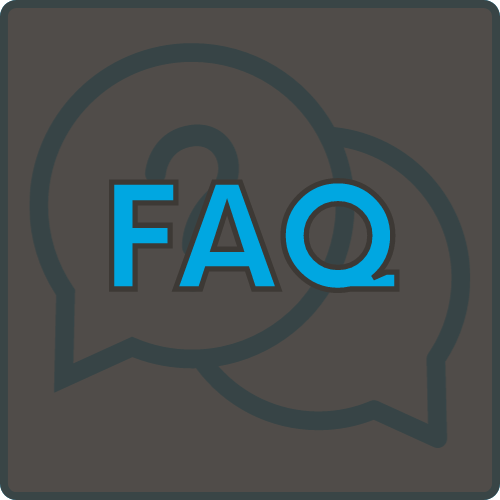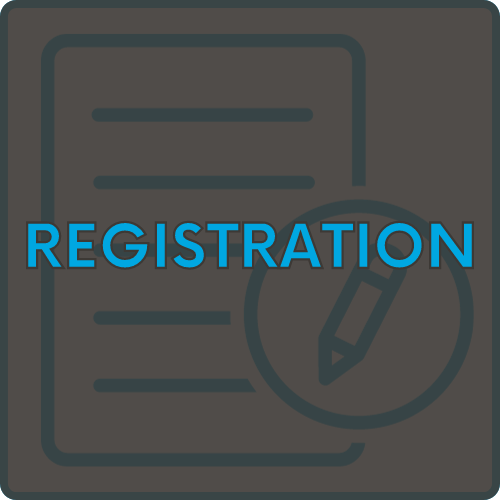Student Learning
Page Navigation
-
Welcome to our full-day kindergarten page!
This page serves as a central hub for our full-day kindergarten programming beginning in 2024-2025. Here you'll find information regarding registration, curriculum, sample schedules, and more. Our full-day kindergarten program targets the whole child through robust academics combined with social emotional learning, play-based learning, and fun!
"When children are at play, they're not just playing - they're learning."
(Dinnerstein, 2016)
-


FAQ
Tap again to continue -


Registration
Tap again to continue -

Health Services
Tap again to continue -


At-Home Preparation for Kindergarten
Tap again to continue
FAQ
-
What are the benefits of full-day kindergarten?
Full-day kindergarten provides greater exposure to educational opportunities and experiences, as well as extended opportunities for social interactions with other children.
-
What will a child's day in full-day kindergarten look like?
District 25’s full-day kindergarten curriculum offers best practice in terms of instruction and quality core curriculum, as well as specials, such as physical education, art, library, and music. Students will also have more time for learning through play. Daily instruction will include reading, writing, foundational phonics skills, math, science, and social studies. Full-day kindergarten will include lunch as well as social-emotional learning time and recess.
-
What can I do at home to prepare my student for full-day kindergarten?
Click here to find some helpful tips to set your kindergartener up for success!
-
What are the hours/schedule?
Our full-day kindergarten program will follow the same school hours as our 1st through 5th grade program. Classes will begin at 9:05 a.m. and students will be dismissed at 3:35 p.m.
Elementary School Hours
Grades K–5: 9:05 am–3:35 pm
Optional Half-Day Kindergarten: 9:05 am – 11:30 am
-
What are the class sizes?
While we are not able to give an exact number, we can say that the District's average class size for K-5 rooms is typically 19 - 21 students.
-
What will the lunch block look like?
Each building creates a lunch schedule that best fits the needs of the school. Each grade level, including full-day kindergarten, will visit the lunch room for their lunch block. Students have two options for eating at school which include purchasing a lunch at school or bringing a lunch from home. D25 students may also go home during the lunch time.
For more information about D25’s Food & Nutrition Services, such as menus, nutrition information, and applying for free & reduced meals, please click here. -
Will students have the opportunity for play?
Play is an essential part of the way we interact and learn together in kindergarten. Students will have opportunities throughout their school day for both indoor and outdoor play.
To learn more about some different forms of play that children will engage in throughout their kindergarten year, click here.
-
Will there be an opportunity for rest?
We find that students adjust rather quickly to their new routine. However, teachers do utilize movement or brain breaks to allow students to re-energize, rest, and refocus. In our experience, most students' need for rest diminishes after the first few weeks of school.
-
Is bus transportation available?
Bus transportation will be provided if a full-day or half-day kindergarten student registers for the service AND lives 1.5 miles or more away from school OR within an Illinois Department of Transportation approved hazard area.
-
Which District 25 schools will offer full-day kindergarten?
All District 25 elementary schools will offer full-day kindergarten.
-
Is half-day kindergarten still offered in District 25?
Yes, schools that offer full-day kindergarten are required to offer a half-day option. Half-day students will attend in the AM with their peers in full-day classrooms.
If you have further questions regarding the half-day option, please reach out to your building's principal.
-
How do I register my child for half-day kindergarten?
There will be an opportunity for you to select the half-day option during the registration process. Please note that pre-registration for kindergarten students and new 1-8 students begins typically in mid-January. -
What can I expect should I choose half day for my child(ren)?
The half-day program will consist primarily of math and reading instruction. Other curricular areas like social studies, science, and specials (art, music, and PE), may occur during the afternoon portion of the day, therefore, half-day students will not participate.Besides reading and math time, schedules could vary across buildings and maybe even classrooms. Should you have more specific questions about the half day program you can reach out to your building's principal.*Please note that schedules are still under review and, in some cases, will not be finalized until the summer months.*
-
Play is an essential part of the way we interact and learn together in kindergarten. Students will have opportunities throughout their school day for both indoor and outdoor play.
Listed below are some different forms of play that children will engage in throughout their kindergarten year.
Forms of Play (Dinnerstein, 2016)
Artistic Play
Children use a variety of art materials to create.Painting | Drawing | Clay | Collage
Sensory Play
Children use some or all of their five senses (namely touch, taste, sight, smell, and sound) to explore and compare objects.Sensory bin / table with sand, rice, beads, beans, water, etc. | Scented playdoughs and markers |Finger painting
Fine Motor Play
Children move and coordinate their small muscles (such as those in their hands and wrists).Puzzles | Stringing beads | Perler beads | Putty | Lacing | LEGO
Rule-Based Play
Children follow multiple steps and rules in order to play a game that has a predetermined end goal.Board games | Card games | Games that the child invents and teaches the rules | Sports
Mastery Play
Children make multiple attempts and use trial-and-error to try and try again to accomplish a goal (such as creating a building or structure to look exactly the way they had planned).K’Nex | Blocks | LEGO
Construction Play
Children build structures and creations of their own.Wooden blocks | LEGO | Magnetic tiles | Pattern blocks
Make-Believe Play
Children engage in fantasy and imaginative play, often pretending to take on roles (such as an adult, baby, animal, fictional character, etc.).Costumes | Puppets | Dolls and dollhouse | Play kitchen/ play food | Store/ cash register | Toy cars | Action figures
Symbolic Play
Children will use one object and pretend it is another.For example, a child may hold up a pencil and pretend that it is a magic wand.
Language Play
Children will manipulate sounds and words to “play” with language.Producing rhyming words (including nonsense words) | Reciting poems, chants, and songs (including ones they’ve invented)

